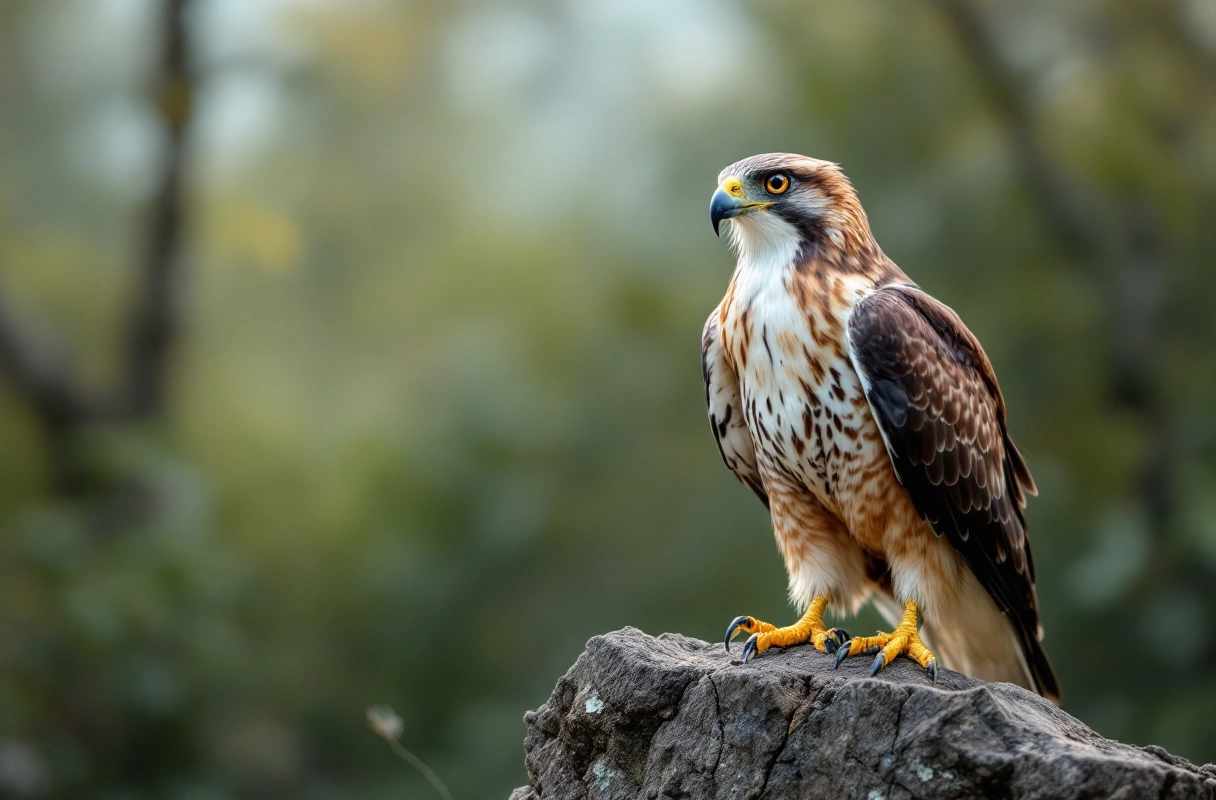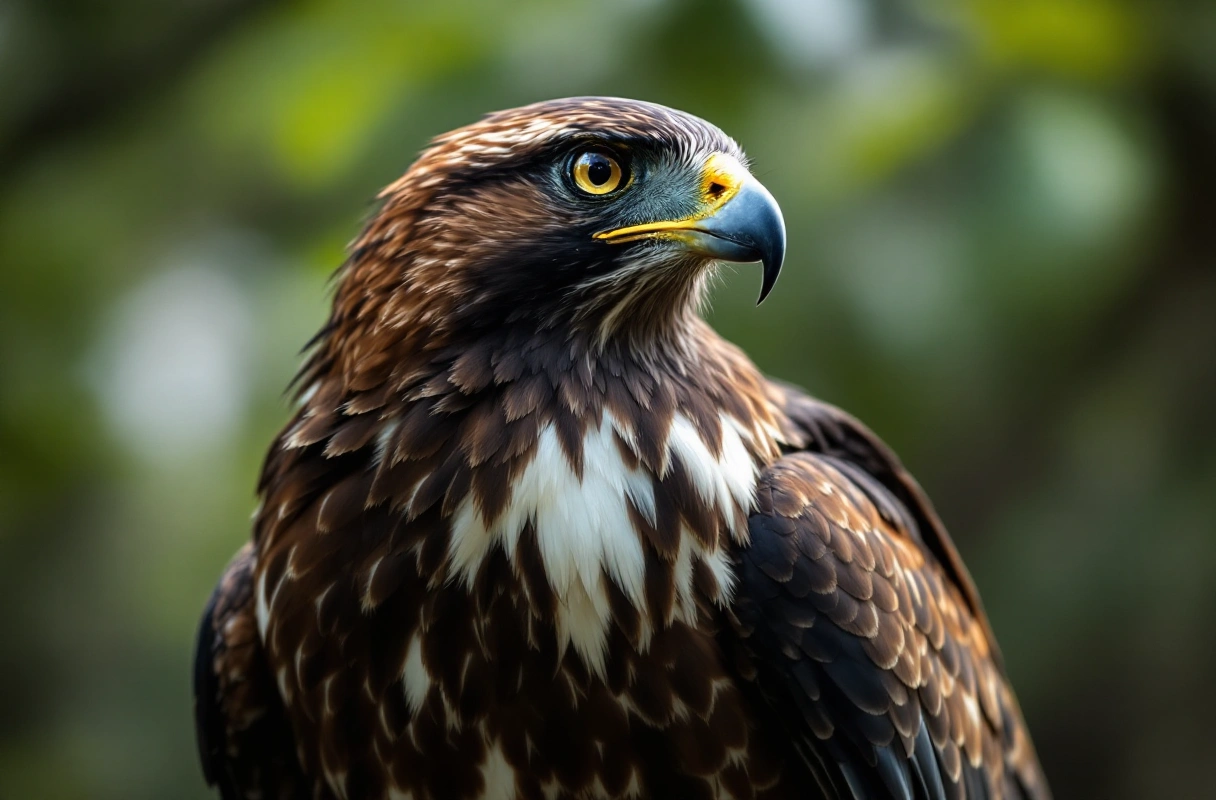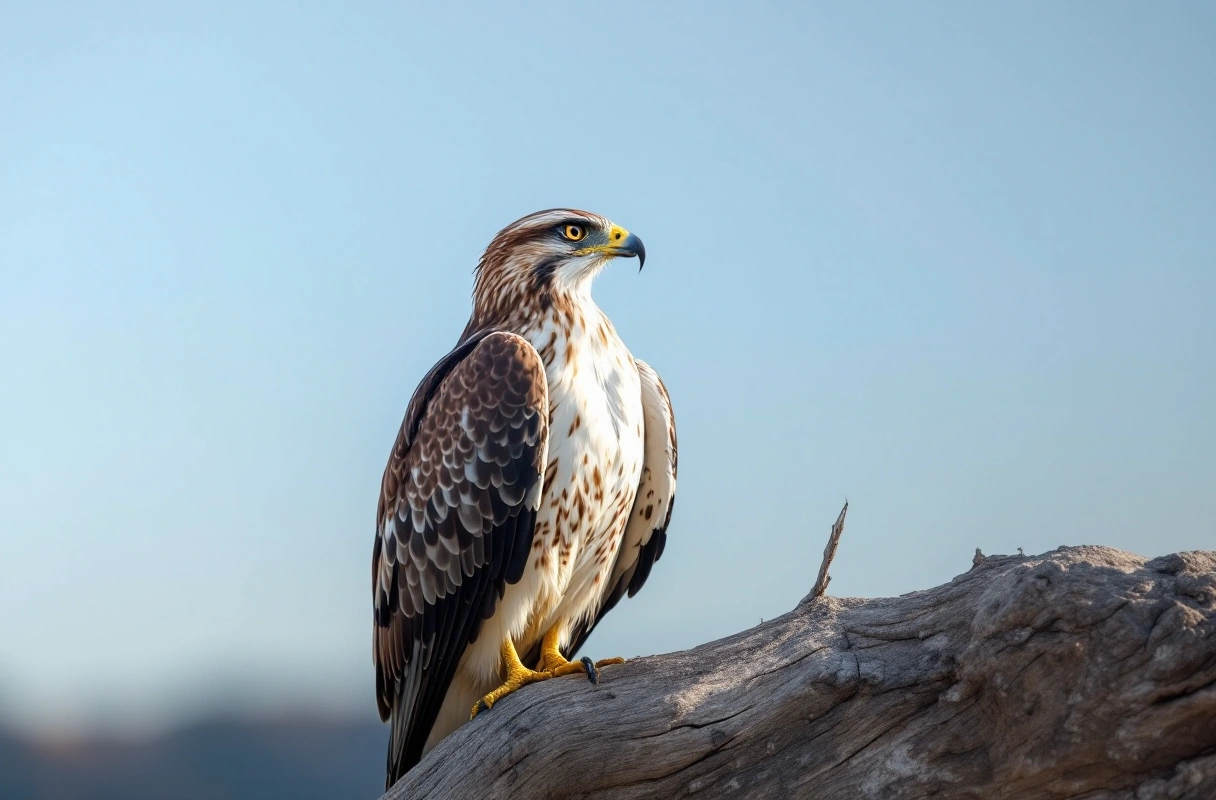
Understanding the fascinating world of birds of prey, or raptors, can be an enthralling journey for nature enthusiasts, students, and anyone curious about wildlife. These majestic creatures, which include hawks, eagles, Bald Eagle, falcons, and owls, are not only vital components of our ecosystems but also represent a rich tapestry of biological diversity. In this beginner's field guide, you will learn to identify various birds of prey, explore their unique characteristics, and understand their migration patterns.
Birds of prey can be found in a variety of habitats, from dense forests to open fields, making them accessible to aspiring birdwatchers. This guide aims to equip you with the knowledge and skills necessary to recognize these incredible raptors in the wild, enhancing your outdoor experiences and appreciation for nature.

Birds of prey are carnivorous birds that hunt and feed primarily on other animals. They possess several distinct features that aid in their predatory lifestyle. Key characteristics include:
Common species of birds of prey include the Red-tailed Hawk, Bald Eagle, and Peregrine Falcon. Each species exhibits unique traits and behaviors that can help you identify them in the field.
Despite their prevalence in nature, there are several misconceptions surrounding birds of prey that can lead to confusion among beginners:
Understanding these misconceptions is crucial for accurately identifying birds of prey and appreciating their ecological roles.

Identifying birds of prey requires an understanding of their physical characteristics and behaviors. Here are some essential features to focus on:
The size and shape of a bird can provide immediate clues to its identity.
When observing a raptor in the wild, pay attention to its silhouette, as this can help distinguish between species.
The plumage of birds of prey can vary significantly between species and can change with age.
Make sure to take notes on color patterns and markings to assist with identification later.
Observing a bird's behavior can provide additional identification clues.
Paying attention to these behaviors can enhance your birdwatching experience and improve your identification skills.

Raptor migration is a fascinating aspect of their life cycle that can greatly influence when and where you might observe them.
Many raptors migrate seasonally in search of food and suitable breeding grounds.
Understanding these seasonal movements can help you plan your birdwatching outings to coincide with peak migration times.
Raptor migration is influenced by various environmental factors, including:
Being aware of these factors can enhance your understanding of bird behavior and improve your chances of spotting them in the wild.
To become proficient in identifying birds of prey, follow these practical tips:
Having the right tools can significantly enhance your birdwatching experience:
Raptors inhabit various environments, so knowing where to look is crucial:
Patience is key when birdwatching. Here are some strategies to enhance your experience:
By following these tips, you can improve your chances of spotting and identifying various birds of prey in their natural habitats.
As a beginner, it's easy to make mistakes when identifying birds of prey. Here are some common pitfalls and how to avoid them:
One of the most common mistakes is rushing to identify a bird without taking the time to observe its features closely.
Another mistake is overlooking the context in which you see a bird.
Being aware of these factors will aid in more accurate bird identification and enhance your overall birdwatching experience.
Birds of prey play a crucial role in maintaining ecological balance, and understanding their importance can motivate conservation efforts.
Raptors serve as indicators of environmental health. Their presence often signifies a balanced ecosystem, as they rely on healthy populations of prey species.
Many birds of prey face threats from habitat loss, climate change, and human activity.
Engaging with organizations and initiatives that focus on wildlife conservation can help ensure the future of these magnificent birds.
As you embark on your journey to identify and understand birds of prey, remember that every observation is an opportunity to learn. The world of raptors is rich and varied, offering endless possibilities for discovery and appreciation.
At Banana Slug Club, we are dedicated to fostering a love for nature and wildlife in students and nature enthusiasts alike. Our resources can help you dive deeper into the world of birds of prey, providing you with the tools and knowledge to enhance your learning experience. Whether you are a student eager to explore the wonders of the natural world or a nature enthusiast excited about wildlife, we invite you to visit our website for more information and resources.
Together, let us celebrate the beauty and importance of birds of prey and work towards their conservation. Your journey into the world of raptors begins today—embrace it with curiosity and passion!
Get free resources, early access to new features and updates.
No spam. Just fun educational emails!